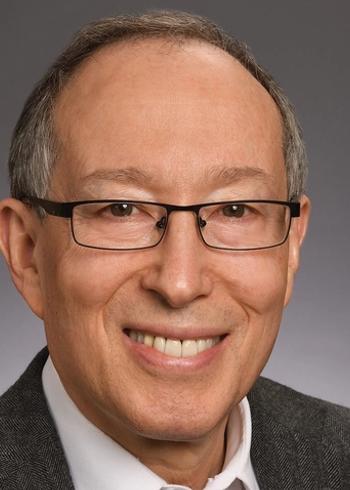
Narrow networks threaten care access
Patient access to care depends a lot on where they live
Patients that receive their health coverage through Affordable Care Act
Researchers from Georgetown’s
For those in marketplace health plans, there are few federal protections. Federal regulations require states to oversee insurer networks for Medicaid managed care organizations, but there are no requirements for marketplace qualified health plans.
Even at the state level, protection for access to primary care providers and rural health clinics are limited. Federal regulations requiring health plans to contract with essential community providers, like community health centers and rural health clinics, offer states flexibility, but most states do not enforce standards stronger than basic requirements.
For patients with different language or cultural requirements, there are no federal requirements that individuals be able to access health care that meet their needs.
“Having health insurance should give people the peace of mind that they can get the care they need,” said Andrea Ducas, senior program officer at the Robert Wood Johnson Foundation, which funded the research in part, in a statement. “One important dimension of that is having enough providers that accept your insurance. Policymakers can bring greater peace of mind to more people by ensuring that provider networks are adequate in size and scope of coverage.”
Newsletter
Stay informed and empowered with Medical Economics enewsletter, delivering expert insights, financial strategies, practice management tips and technology trends — tailored for today’s physicians.














